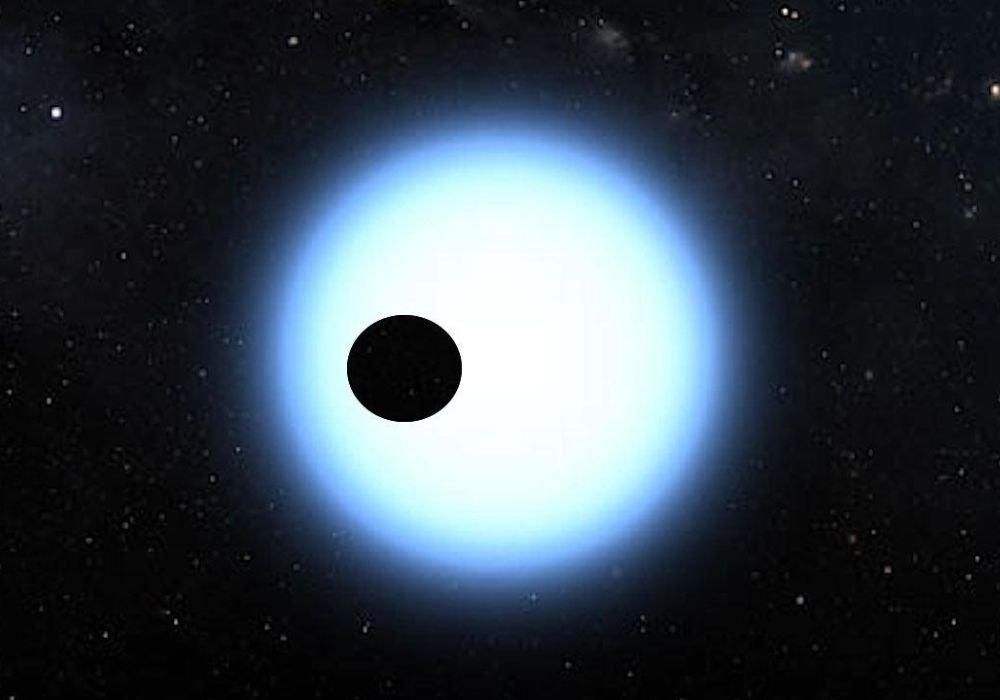In 2020, a team led by Professor Andrew Vanderburg from the University of Wisconsin-Madison in the USA, discovery of a solid planet orbiting the habitable zone of white dwarf WD1856-b. This unprecedented fact in astronomy soon raised some questions. Are there other planets orbiting white dwarfs rather than the debris of a dead star? Are they all Jupiter-sized gas giants like the ones found?
Now, in a new paper available on the arXiv preprint repository, Professor David Kipping of Columbia University in New York weighs in on the question: hypothesizes the existence of exoplanets orbiting white dwarfs and that such events are very rare.
This theory “should be easily testable,” the study argues. HE White dwarfs are reduced in size and have radii equal to those of the Earth. This could also facilitate atmospheric studies, including the detection of biological signatures, which are much more difficult to do around larger stars.
Why is a giant planet orbiting a white dwarf surprising?
WD 1856b is the first and only transiting planet discovered around a white dwarf (WD) found by Vanderburg et al. 2020. WDs have long been considered a sort of holy grail for small planets, as they are ~Earth-sized dead stars => large transit depths => we can detect biosignatures! pic.twitter.com/Rj9l6w8naa
— P(David|Kipping) ? P(Kipping|David) P(David) (@david_kipping) 25 October 2023
Beyond the rarity of finding a solid planet among the rocky remains of a white dwarf, the fact that it was a gas giant with a mass 13.8 times that of Jupiter challenged the assumption that rocky planets in white dwarfs are common.
Kipping found it completely unexpected that giant planets are so common compared to rocky planets, because data from the NASA Exoplanet Catalog indicates the presence of smaller planets in the Universe.
Aware of the “limits of our current knowledge”, the author emphasizes that the distribution of exoplanets is clearly affected by the detection methods used today, which can lead to selection bias. Well, we just know what we think alreadysuggests Kipping.
Why are rocky planets rare in white dwarfs?
According to Kipping, there are two possible explanations for the rarity of small rocky planets around white dwarfs. The first is that the size distribution of planets may follow a radius parameter that limits their number to a certain size range before increasing in the future.
“A second possibility is that [a ocorrência em] WD 1856 b is purely a coincidence. “Perhaps there is actually a concentrated distribution at smaller sizes, and it is unlikely that an exoplanet of the size found in WD1856-b would be the first planet discovered during the transit,” the study says.
However, even given the hypothesis that detecting massive planets like those discovered by Vanderburg is an extremely rare possibility, Kipping acknowledges that unexpected events can always occur in the field of astronomy. Although still in its infancy, the science of white dwarf exoplanets is promising because White dwarfs are very stable and last for a long time.
Did you like the content? So follow all the news about the universe at TecMundo and get the opportunity to discover what the glorious end of the Sun will be like.
Source: Tec Mundo
I’m Blaine Morgan, an experienced journalist and writer with over 8 years of experience in the tech industry. My expertise lies in writing about technology news and trends, covering everything from cutting-edge gadgets to emerging software developments. I’ve written for several leading publications including Gadget Onus where I am an author.













